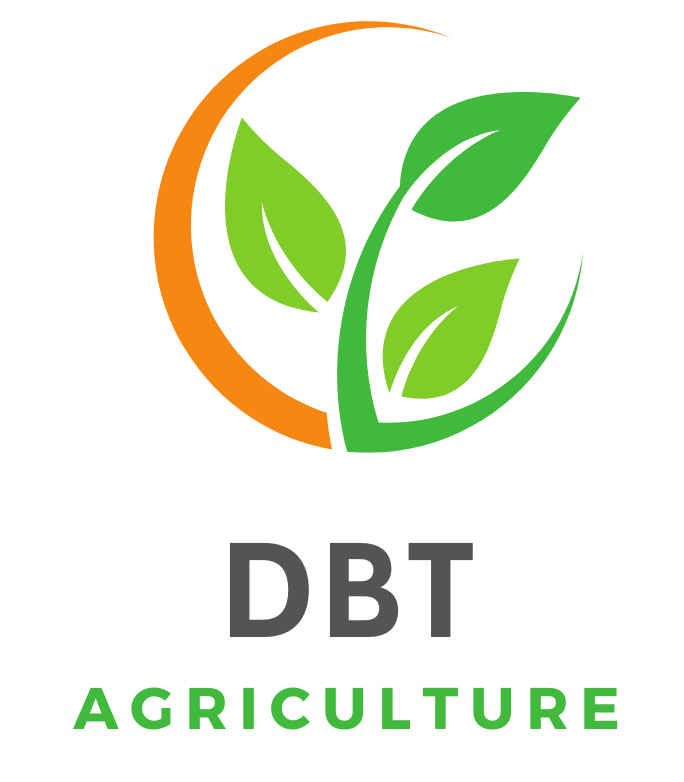Life insurance is a crucial financial tool that provides security and peace of mind to your loved ones in the event of an untimely demise. With numerous policies available, choosing the right one can be overwhelming. This guide explores the top life insurance policies to consider, their benefits, and how to choose the best one for your needs.
Understanding Life Insurance
Life insurance is a contract between an individual and an insurance company, where the insurer provides financial compensation to the policyholder’s beneficiaries in exchange for premium payments. The two main types of life insurance are:
- Term Life Insurance – Provides coverage for a specific period, usually 10, 20, or 30 years.
- Permanent Life Insurance – Offers lifelong coverage and includes investment components.
Top Life Insurance Policies to Consider
1. Term Life Insurance Policies
a) Level Term Life Insurance
- Coverage Period: Fixed term (e.g., 10, 20, or 30 years).
- Premiums: Fixed throughout the policy duration.
- Benefits: Provides a high coverage amount at an affordable premium.
- Best For: Individuals seeking temporary coverage, such as parents with young children or individuals with mortgages.
b) Decreasing Term Life Insurance
- Coverage Period: Fixed term, but the death benefit decreases over time.
- Premiums: Fixed but generally lower than level term policies.
- Benefits: Ideal for covering decreasing financial obligations, such as mortgages or loans.
- Best For: Homeowners and business owners with decreasing liabilities.
c) Renewable and Convertible Term Life Insurance
- Coverage Period: Renewable at the end of the term without medical exams.
- Premiums: Increase upon renewal.
- Benefits: Offers flexibility for those who may need longer coverage.
- Best For: Young professionals unsure of long-term financial plans.
2. Permanent Life Insurance Policies
a) Whole Life Insurance
- Coverage Period: Lifetime.
- Premiums: Fixed and typically higher than term policies.
- Cash Value: Accumulates over time and can be borrowed against.
- Benefits: Guaranteed payout and stable investment growth.
- Best For: Individuals seeking long-term security and investment growth.
b) Universal Life Insurance
- Coverage Period: Lifetime.
- Premiums: Flexible payments.
- Cash Value: Earns interest based on market performance.
- Benefits: Adjustable coverage and premium amounts.
- Best For: Individuals who want flexibility in managing their life insurance.
c) Variable Life Insurance
- Coverage Period: Lifetime.
- Premiums: Fixed.
- Cash Value: Invested in sub-accounts similar to mutual funds.
- Benefits: Potential for higher returns but also higher risk.
- Best For: Those comfortable with investment risks and market fluctuations.
d) Indexed Universal Life Insurance
- Coverage Period: Lifetime.
- Premiums: Flexible.
- Cash Value: Earns interest based on a market index (e.g., S&P 500).
- Benefits: Offers growth potential with less risk than variable policies.
- Best For: Individuals looking for a balance between risk and security.
3. Specialized Life Insurance Policies
a) Final Expense Insurance
- Coverage Period: Lifetime.
- Premiums: Fixed.
- Benefits: Covers funeral and end-of-life expenses.
- Best For: Seniors looking to ease financial burdens on their families.
b) Group Life Insurance
- Coverage Period: As long as employment continues.
- Premiums: Often employer-paid.
- Benefits: Affordable, but limited coverage.
- Best For: Employees looking for supplemental coverage.
c) Survivorship Life Insurance
- Coverage Period: Lifetime (pays out after both policyholders pass away).
- Premiums: Fixed or variable.
- Benefits: Helps with estate planning and wealth transfer.
- Best For: High-net-worth couples planning for estate taxes.
How to Choose the Best Life Insurance Policy
1. Assess Your Needs
- Determine how much coverage your family will need in case of your passing.
- Consider outstanding debts, mortgage, education expenses, and future living costs.
2. Compare Policy Features
- Evaluate premium costs, coverage periods, and additional benefits.
- Decide whether you need term or permanent coverage.
3. Check the Insurance Provider’s Reputation
- Research financial stability ratings of insurers.
- Read customer reviews and claim settlement records.
4. Understand Policy Riders
- Additional benefits such as critical illness riders, waiver of premium riders, and accidental death benefits can enhance coverage.
5. Seek Professional Guidance
- Consult a financial advisor to understand which policy best aligns with your long-term financial goals.
Conclusion
Choosing the right life insurance policy is crucial for securing your family’s financial future. Whether you opt for term life for affordability or permanent life for long-term investment, the right policy depends on your needs, lifestyle, and financial goals. Take time to research, compare options, and consult experts to make an informed decision that ensures peace of mind for you and your loved ones.
